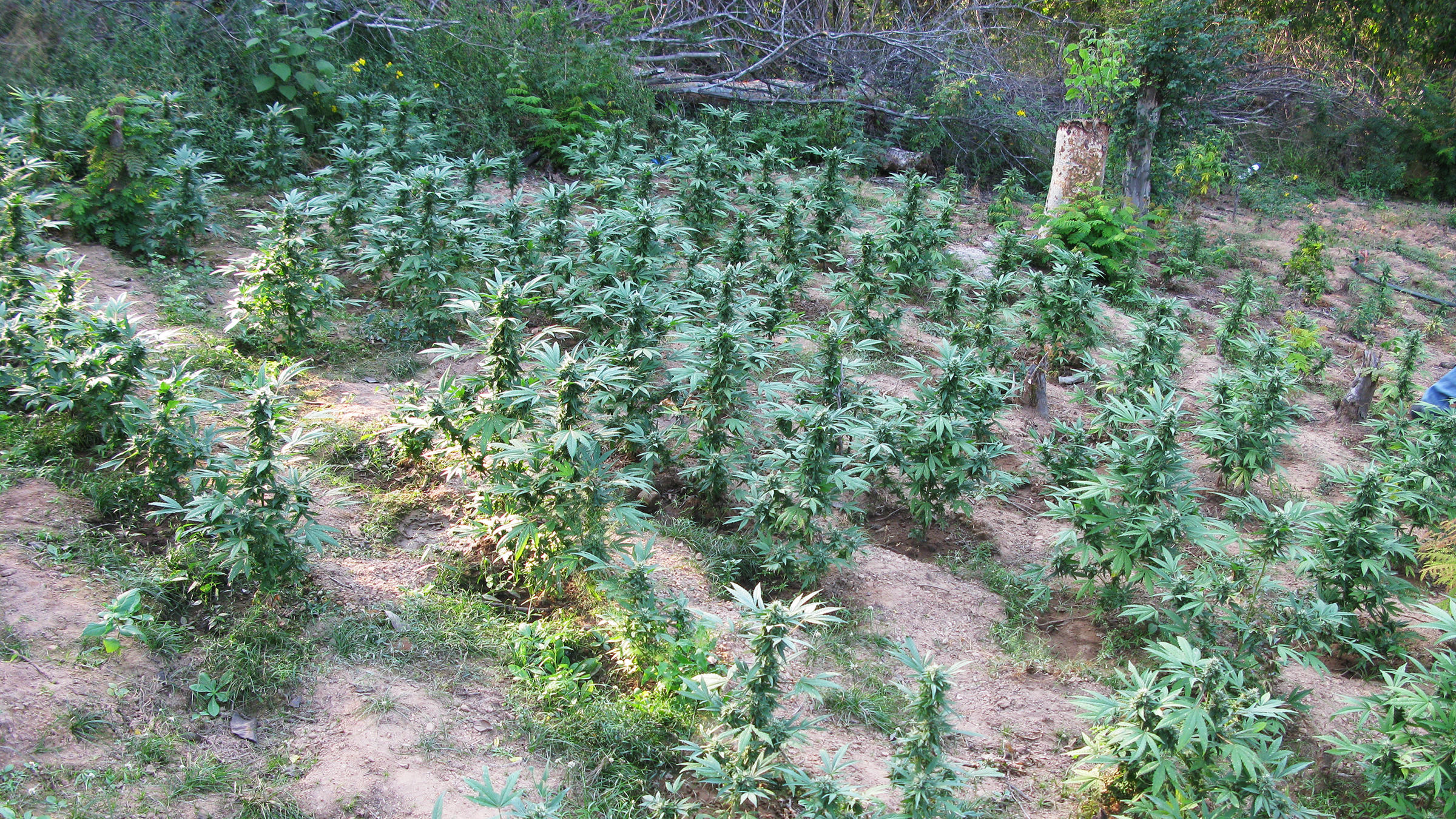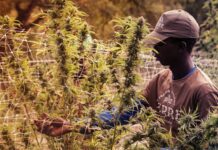As cannabis use rises in the U.S., more people are looking for information about how the plant’s compounds affect body functions as well as their impact on brain and fetal development. For many couples trying to conceive, marijuana’s effect on sperm count is a routinely raised question.
Earlier animal and human-only studies say that cannabis use leads to lower sperm count. A new study, however, comes to the opposite conclusion.
Results from a study, “Marijuana Smoking and Markers of Testicular Function Among Men from a Fertility Center,” showed higher concentrations of sperm than non-smokers of cannabis. The results were published in the February 2019 issue of Human Reproduction. The researchers added that earlier studies focused on men with a history of drug abuse, making it difficult to apply the results to a broader population. So, what do these new conclusions mean for parent hopefuls?
For couples trying to conceive, marijuana’s effect on sperm count often comes into question. Photo by Becca Tapert
Who conducted the study?
Feiby L. Nassan, a research fellow in the Department of Environmental Health of Harvard University’s T. H. Chan School of Public Health in Boston, was the lead author. The study was done with help from members of Harvard’s Environmental and Reproductive Health (EARTH) Study team and the Massachusetts General Hospital Fertility Center.
What were their methods?
The study included men who were evaluated at the Massachusetts General Hospital Fertility Center between 2000 and 2017. Men who did not disclose drug use had incomplete semen analysis data or were azoospermic, or whose ejaculate completely lacks sperm, were excluded from the study. The remaining 662 men gave 1,143 semen samples during the 17-year period, including 296 semen samples from men evaluated between 2000 and 2004 who had been reviewed for sperm DNA damage. Additionally, 317 men gave blood samples that were looked at for reproductive hormones.
About 88 percent of semen samples were analyzed within 30 minutes of being collected. Of the 55 percent who have ever smoked marijuana, 44 percent said they were past cannabis smokers and 11 percent were current cannabis smokers.
Were there any limitations?
Not all 1,143 semen samples were analyzed due to limited resources. The authors stated that only minor characteristic differences existed between men who were included in the analysis and those who were excluded and the samples that were chosen were “unrelated to semen analysis results, type or outcome of any infertility treatments, marijuana smoking status or any other participant’s characteristic.”
The study also relied on self-reported information from participants as a baseline, which may not provide a complete picture as to the full effect of their cannabis use on testicular function. The study also said that cannabis smokers had “higher intakes of alcohol and coffee and were more likely to have ever used cocaine.” Most of the men who reported ever using cocaine also reported marijuana smoking. Because of this, a definitive conclusion can’t be drawn that points to cannabis as the driving common factor behind sperm production among the study participants.
What were the conclusions?
The results of the study found that past and current cannabis smokers had more sperm and a higher concentration of it than those who had never smoked it. Marijuana smokers in this study also had 16 percent lower serum follicle-stimulating hormone (FSH) concentrations than non-cannabis smokers. Fertility issues among men are usually linked to higher concentrations of FSH.
What are the possible implications?
The results buck previous assumptions that marijuana is harmful to how a man’s reproductive system work, according to the study. But the study’s authors also note that more examination is needed to determine cannabis’ full impact on men’s sexual systems to produce sperm.
Karen Robes-Meeks
Karen Robes Meeks is an award-winning business writer who has spent 20 years chasing stories all over Southern California. These days, she spends more of her time chasing her young daughter around town, which makes for surprisingly good cardio. Her stories have appeared in the Los Angeles Times, the San Francisco Chronicle, the Orange County Register and the Press-Telegram, where she was the trade and transportation reporter covering the nation’s two busiest seaports.















